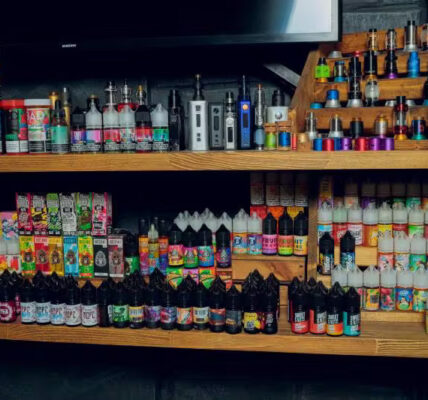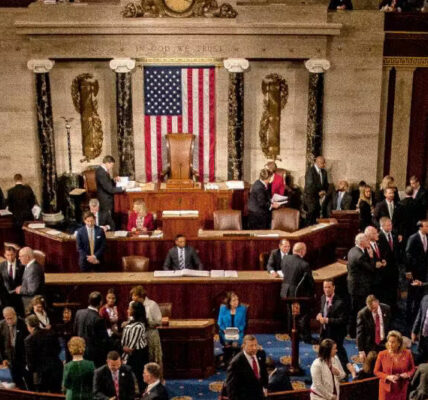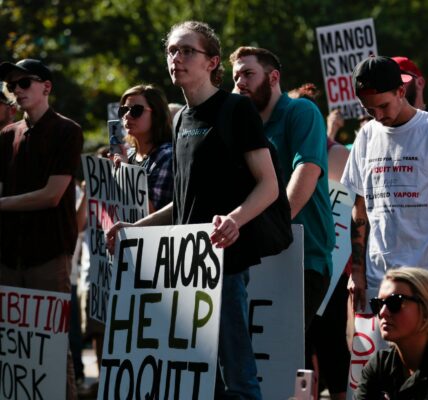Understanding Canada’s Vape Flavor Ban
In a bid to address the rising concerns surrounding youth vaping, Canada has reinstated its efforts to curb the accessibility of flavored vape products. The move comes as part of a broader initiative aimed at safeguarding public health and curtailing the allure of e-cigarettes among adolescents.
The Impact of Flavored Vape Products
Flavored vape products have long been criticized for their appeal to younger demographics. With a plethora of enticing flavors ranging from fruity to dessert-inspired, these products have often been accused of normalizing vaping and acting as a gateway to nicotine addiction among teenagers.
Government Response and Policy Implementation
The Canadian government’s decision to relaunch its plan to ban most vape flavors underscores its commitment to combating the youth vaping epidemic. By restricting the availability of flavored e-cigarettes, policymakers hope to deter young individuals from initiating or continuing their vaping habits.
Public Health Concerns and Stakeholder Perspectives
Public health advocates have lauded the government’s proactive stance on regulating vape flavors, citing the potential for significant reductions in youth vaping rates. However, the proposed ban has sparked debates within the vaping community and industry stakeholders, who argue that such measures could impede harm reduction efforts and limit consumer choice.
Enforcement and Future Outlook
As the implementation of the flavor ban progresses, enforcement mechanisms will play a crucial role in ensuring compliance across the retail sector. Additionally, ongoing research and surveillance efforts will be essential in monitoring the effectiveness of the policy and identifying any emerging trends in vaping behavior.
Conclusion: Navigating the Evolving Landscape of Vaping Regulation
Canada’s decision to relaunch its plan to ban most vape flavors reflects a concerted effort to address the complex challenges posed by the burgeoning e-cigarette market. By prioritizing public health considerations and youth protection, policymakers aim to strike a delicate balance between regulatory intervention and harm reduction strategies in the realm of vaping. As the landscape of vaping regulation continues to evolve, ongoing collaboration between government agencies, public health experts, and industry stakeholders will be essential in shaping effective policies that safeguard the well-being of all Canadians.




